Kampa Museum
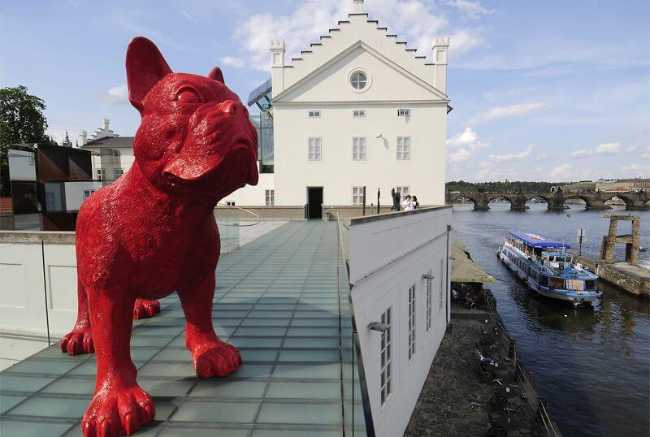
Kampa Museum in Prague is a modern art gallery housed in the historic Sova’s Mills on Kampa Island, nestled along the Vltava River in the city’s picturesque Malá Strana district. Founded by Meda Mládek, a passionate art collector and patron, the museum showcases Central European modern art, with a strong emphasis on Czech artists. Its permanent collection includes works by František Kupka, a pioneer of abstract painting, and sculptor Otto Gutfreund, alongside rotating exhibitions featuring contemporary creators. The museum’s mission is rooted in preserving and promoting art created under challenging political conditions, particularly during the Communist era. Outside, visitors are greeted by striking sculptures, including Magdalena Jetelová’s oversized chair and David Černý’s crawling babies, adding whimsy to the riverside setting. Inside, the galleries offer a thoughtful journey through avant-garde movements and personal expression. With its blend of cultural depth and scenic location, Kampa Museum is a compelling destination for art lovers and curious travelers alike.
Prague Czech RepublicKampa Museum is located at U Sovových mlýnů 503/2, on Kampa Island in Prague’s picturesque Malá Strana district, just steps from the Charles Bridge and the left bank of the Vltava River. Housed in the historic Sova’s Mill, the museum is renowned for its impressive collection of modern and contemporary art, with a special focus on works by Czech artists such as František Kupka and Otto Gutfreund. The museum’s riverside setting offers stunning views of Prague Castle, the National Theatre, and the city’s skyline, making it a favorite spot for both art lovers and visitors seeking scenic beauty. Nearby, you’ll find the romantic lanes of Kampa Island, Werich Villa, the Lennon Wall, and the lush parks along the river. The museum’s café-restaurant provides a relaxing spot to enjoy traditional Czech cuisine with views of the Vltava. The area is easily accessible by tram, with the Újezd stop just a short walk away. Kampa Museum’s central location and cultural significance make it a highlight for anyone exploring Prague’s art scene and historic neighborhoods.
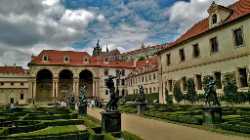 Wallenstein Palace Gardens
Prague
Wallenstein Palace Gardens
Prague
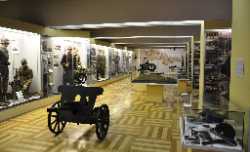 Army Museum Žižkov
Prague
Army Museum Žižkov
Prague
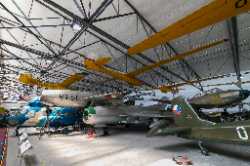 Prague Aviation Museum
Prague
Prague Aviation Museum
Prague
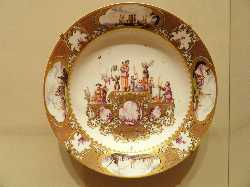 Prague Museum of Meissen Porcelain
Prague
Prague Museum of Meissen Porcelain
Prague
 The Chocolate Art Museum
Prague
The Chocolate Art Museum
Prague
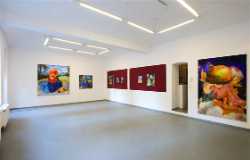 Hunt Kastner Gallery
Prague
Hunt Kastner Gallery
Prague
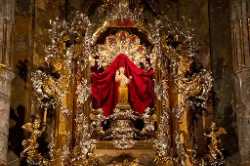 Museum of the Infant Jesus of Prague
Prague
Museum of the Infant Jesus of Prague
Prague
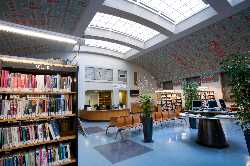 Municipal Library of Prague
Prague
Municipal Library of Prague
Prague
 Czech Museum of Music
Prague
Czech Museum of Music
Prague
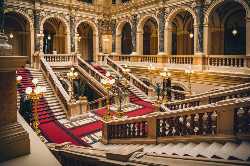 National Museum
Prague
National Museum
Prague
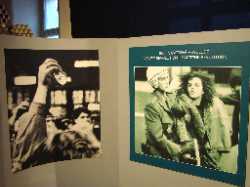 Museum of Communism
Prague
Museum of Communism
Prague
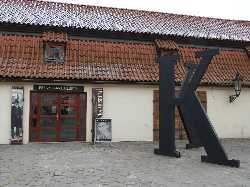 Kafka Museum
Prague
Kafka Museum
Prague
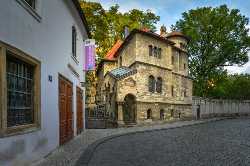 Jewish Museum in Prague
Prague
Jewish Museum in Prague
Prague
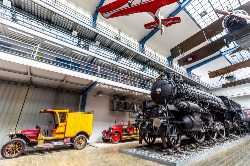 National Technical Museum
Prague
National Technical Museum
Prague
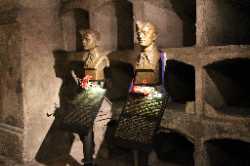 National Memorial to the Heroes of the Heydrich Terror
Prague
National Memorial to the Heroes of the Heydrich Terror
Prague
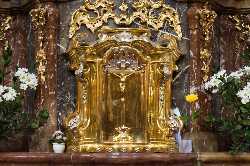 Infant Jesus of Prague Museum
Prague
Infant Jesus of Prague Museum
Prague
 Czech National Bank Visitor Centre
Prague
Czech National Bank Visitor Centre
Prague
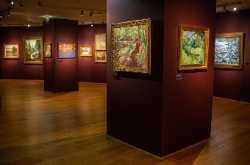 Galerie Kooperativy
Prague
Galerie Kooperativy
Prague
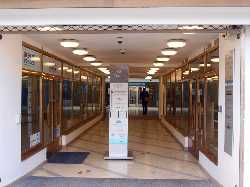 Galerie České Spořitelny
Prague
Galerie České Spořitelny
Prague
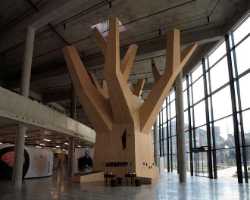 UMPRUM Gallery
Prague
UMPRUM Gallery
Prague
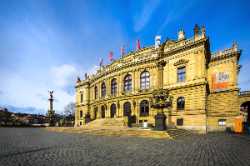 Galerie Rudolfinum
Prague
Galerie Rudolfinum
Prague
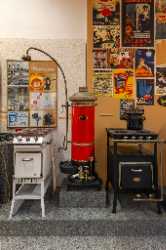 Gas Museum
Prague
Gas Museum
Prague
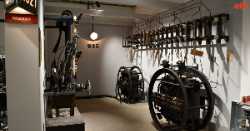 Prague Energy Museum
Prague
Prague Energy Museum
Prague
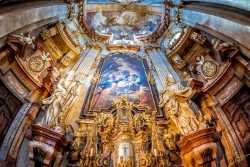 St. Nicholas Church
Prague
St. Nicholas Church
Prague
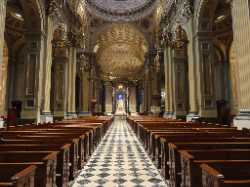 Basilica of St. Peter and St. Paul
Prague
Basilica of St. Peter and St. Paul
Prague
 Church of St. James
Prague
Church of St. James
Prague
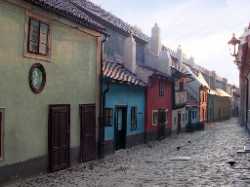 Golden Lane
Prague
Golden Lane
Prague
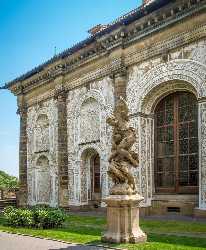 Royal Gardens
Prague
Royal Gardens
Prague
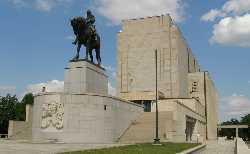 National Monument at Vítkov
Prague
National Monument at Vítkov
Prague
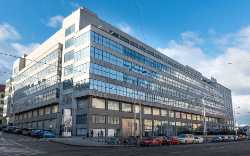 National Gallery Prague
Prague
National Gallery Prague
Prague
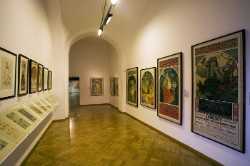 Mucha Museum
Prague
Mucha Museum
Prague
 Museum Karel Zeman
Prague
Museum Karel Zeman
Prague
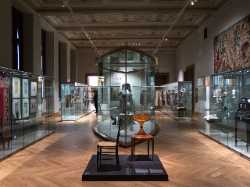 Museum of Decorative Arts
Prague
Museum of Decorative Arts
Prague
 Museum of Senses
Prague
Museum of Senses
Prague
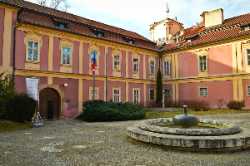 Czech Police Museum
Prague
Czech Police Museum
Prague
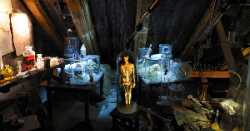 Speculum Alchemiae
Prague
Speculum Alchemiae
Prague
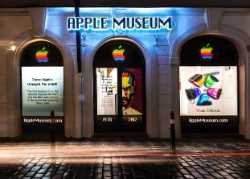 Apple Museum
Prague
Apple Museum
Prague
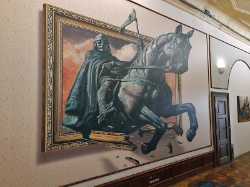 Illusion Art Museum
Prague
Illusion Art Museum
Prague
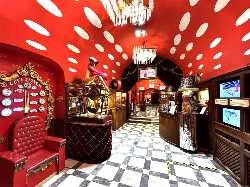 Sex Machines Museum
Prague
Sex Machines Museum
Prague
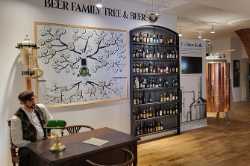 Beer Museum
Prague
Beer Museum
Prague
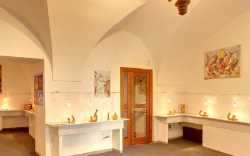 Museum of Miniatures
Prague
Museum of Miniatures
Prague
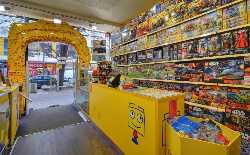 LEGO Museum
Prague
LEGO Museum
Prague
 National Agricultural Museum
Prague
National Agricultural Museum
Prague
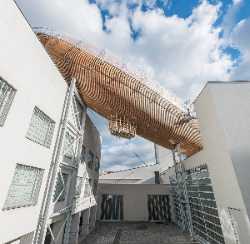 DOX Centre for Contemporary Art
Prague
DOX Centre for Contemporary Art
Prague
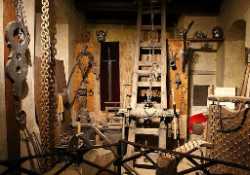 Torture Museum
Prague
Torture Museum
Prague
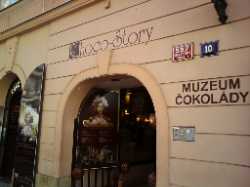 Chocolate Museum
Prague
Chocolate Museum
Prague
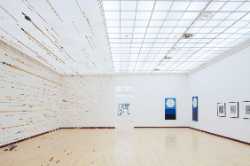 Municipal Gallery of Prague
Prague
Municipal Gallery of Prague
Prague
 Kunsthalle Prague
Prague
Kunsthalle Prague
Prague
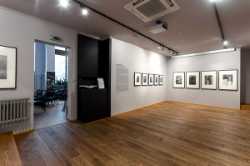 Leica Gallery Prague
Prague
Leica Gallery Prague
Prague
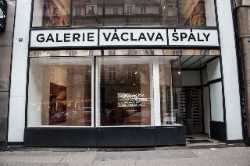 Václav Špála Gallery
Prague
Václav Špála Gallery
Prague
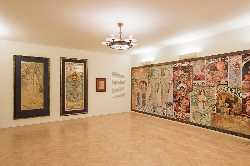 Central Gallery Prague
Prague
Central Gallery Prague
Prague
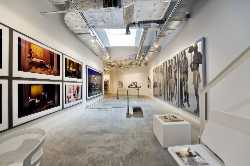 DSC Gallery
Prague
DSC Gallery
Prague
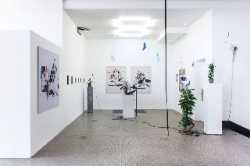 Chemistry Gallery
Prague
Chemistry Gallery
Prague
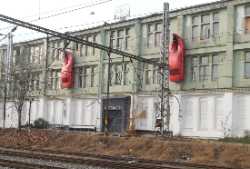 MeetFactory
Prague
MeetFactory
Prague
 Futura Centre for Contemporary Art
Prague
Futura Centre for Contemporary Art
Prague
 Jiri Svestka Gallery
Prague
Jiri Svestka Gallery
Prague
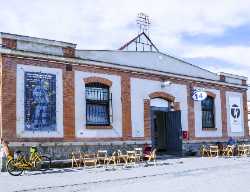 Trafo Gallery
Prague
Trafo Gallery
Prague
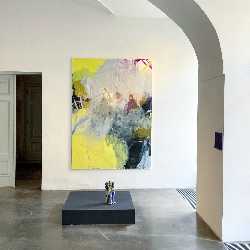 Kvalitar Gallery
Prague
Kvalitar Gallery
Prague
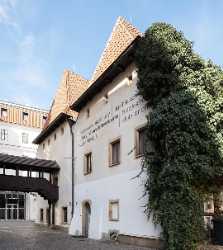 Galerie Jaroslava Fragnera
Prague
Galerie Jaroslava Fragnera
Prague
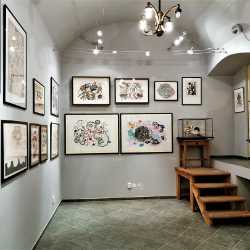 Artinbox Gallery
Prague
Artinbox Gallery
Prague
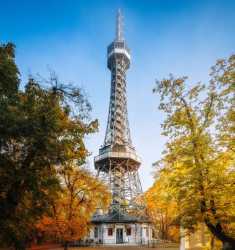 Petřín Lookout Tower
Prague
Petřín Lookout Tower
Prague
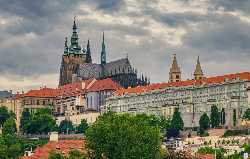 Prague Castle
Prague
Prague Castle
Prague
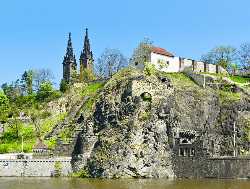 Vyšehrad Fortress
Prague
Vyšehrad Fortress
Prague
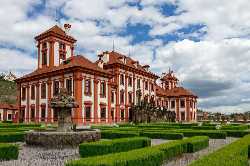 Troja Chateau
Prague
Troja Chateau
Prague
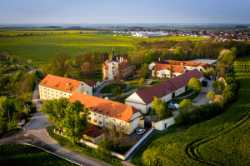 Ctěnice Chateau
Prague
Ctěnice Chateau
Prague
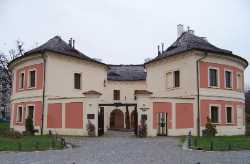 Chodov Fortress
Prague
Chodov Fortress
Prague
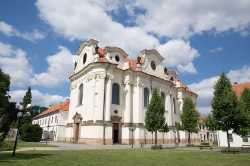 Břevnov Monastery
Prague
Břevnov Monastery
Prague
 Petřín Gardens
Prague
Petřín Gardens
Prague
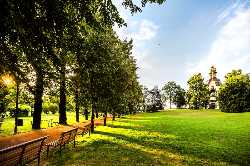 Letná Park
Prague
Letná Park
Prague
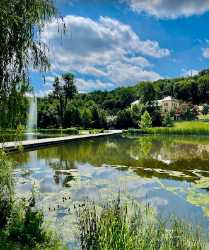 Stromovka Park
Prague
Stromovka Park
Prague
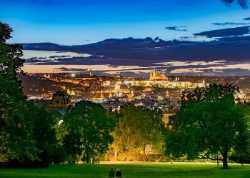 Riegrovy Sady
Prague
Riegrovy Sady
Prague
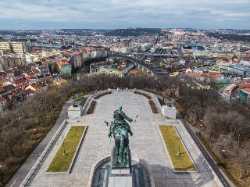 Vítkov Hill Park
Prague
Vítkov Hill Park
Prague
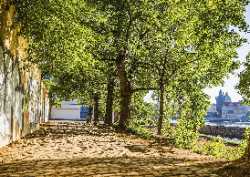 Kampa Park
Prague
Kampa Park
Prague
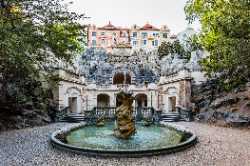 Havlíčkovy Sady
Prague
Havlíčkovy Sady
Prague
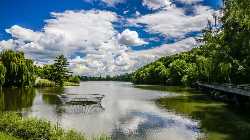 Divoká Šárka Nature Reserve
Prague
Divoká Šárka Nature Reserve
Prague
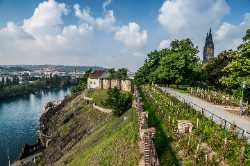 Vyšehrad Park
Prague
Vyšehrad Park
Prague
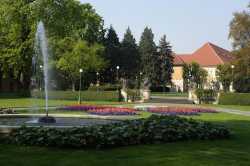 Royal Garden
Prague
Royal Garden
Prague
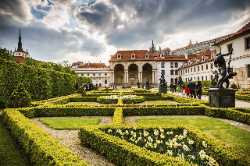 Wallenstein Garden
Prague
Wallenstein Garden
Prague
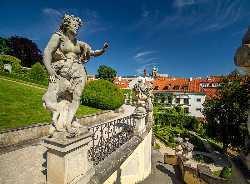 Vrtba Garden
Prague
Vrtba Garden
Prague
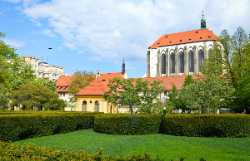 Franciscan Garden
Prague
Franciscan Garden
Prague
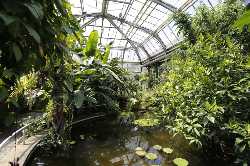 Botanical Garden of Prague
Prague
Botanical Garden of Prague
Prague
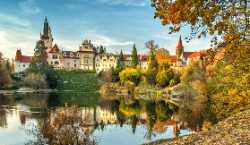 Průhonice Park
Prague
Průhonice Park
Prague
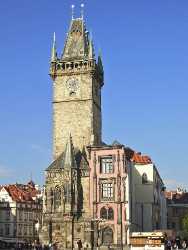 Old Town Hall Tower
Prague
Old Town Hall Tower
Prague
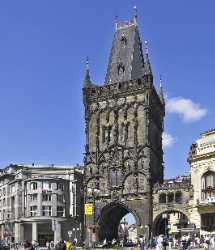 Powder Tower
Prague
Powder Tower
Prague
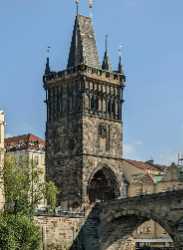 Charles Bridge Towers
Prague
Charles Bridge Towers
Prague
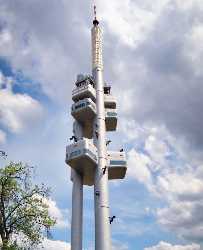 Žižkov Television Tower
Prague
Žižkov Television Tower
Prague
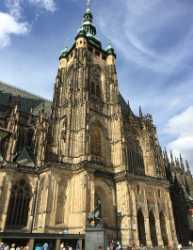 Vitus Cathedral South Tower
Prague
Vitus Cathedral South Tower
Prague
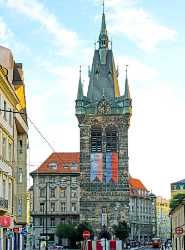 Henry’s Tower
Prague
Henry’s Tower
Prague
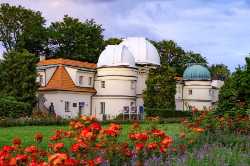 Štefánik Observatory
Prague
Štefánik Observatory
Prague
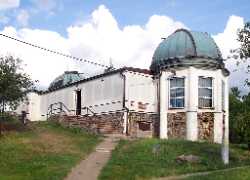 Ďáblice Observatory
Prague
Ďáblice Observatory
Prague
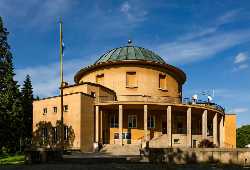 Prague Planetarium
Prague
Prague Planetarium
Prague
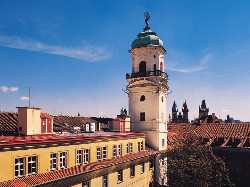 Clementinum Astronomical Tower
Prague
Clementinum Astronomical Tower
Prague
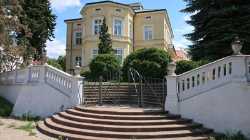 Castle Dolní Počernice
Prague
Castle Dolní Počernice
Prague
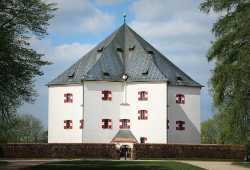 Letohrádek Hvězda
Prague
Letohrádek Hvězda
Prague